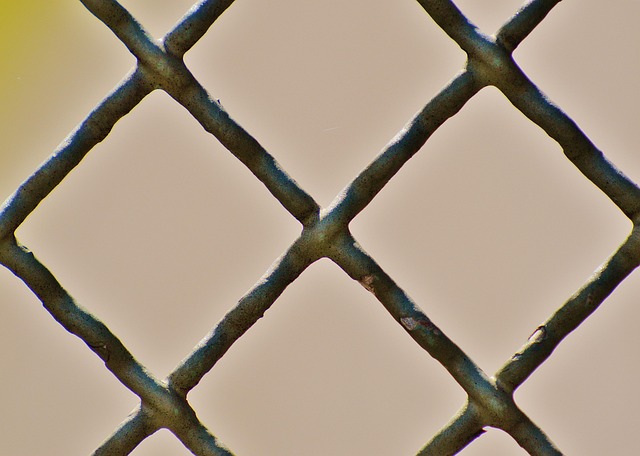Muscle soreness after workouts is a natural response due to delayed onset muscle soreness (DOMS). Effective recovery strategies include personalized workout plans, active recovery, stretching, and nutrition. Kratom strains known for pain relief can offer additional help, especially for ADHD, enhancing focus and calmness. Gentle exercises like yoga and swimming, along with pre/post-workout stretching, alleviate discomfort. Personalized workouts cater to individual bodies' responses, incorporating strength training, flexibility, cardio, and techniques like foam rolling for holistic benefits.
Experience lingering muscle soreness? Customized workout plans offer a targeted approach to relief. This comprehensive guide explores effective strategies, beginning with understanding the science behind muscle soreness and recovery. We delve into the powerful role exercise plays in alleviating discomfort, and provide tailored workout routines designed to soothe tight, achy muscles. Discover personalized tips for creating your own soothing regimen, offering much-needed relief without relying on potentially harmful medications.
- Understanding Muscle Soreness and Recovery
- The Role of Exercise in Alleviating Soreness
- Crafting Personalized Workout Routines for Relief
Understanding Muscle Soreness and Recovery

Muscle soreness is a common post-workout experience, often felt as a result of delayed onset muscle soreness (DOMS). This sensation arises from microscopic tears in muscle fibers during intense exercise. While it can be uncomfortable, DOMS plays a crucial role in muscle adaptation and growth. Understanding this process is key to developing effective recovery strategies.
To facilitate faster recovery and alleviate muscle soreness, personalized workout plans are essential. These plans should consider factors like exercise intensity, duration, and type, as well as individual recovery preferences. Incorporating active recovery sessions, stretching routines, and proper nutrition can significantly enhance the body’s natural healing mechanisms. Additionally, exploring complementary remedies like certain kratom strains known for their pain-relieving properties could offer further relief, though always with proper research and consultation to ensure safety and effectiveness, especially for conditions like ADHD where specific strains may provide beneficial focus and calmness.
The Role of Exercise in Alleviating Soreness

Exercise plays a pivotal role in alleviating muscle soreness, a common issue experienced by individuals engaging in physical activities or workouts. When muscles are pushed beyond their usual limits, microscopic tears occur in the muscle fibers, leading to inflammation and subsequent pain. Regular physical activity helps stimulate blood flow, which carries essential nutrients and oxygen to these sore areas, promoting faster healing. Additionally, exercise releases endorphins, our body’s natural painkillers, providing a sense of relief and well-being.
Among various forms of exercise, gentle activities like yoga and swimming are particularly effective for muscle soreness relief. These low-impact exercises improve flexibility and range of motion while minimizing stress on joints and muscles. Furthermore, incorporating stretching routines before and after workouts can significantly reduce post-exercise discomfort. Interestingly, some research suggests that the right strain of kratom, known for its analgesic properties, could complement these exercise practices, offering a natural approach to managing muscle soreness, especially for conditions like ADHD where individuals may benefit from alternative pain management strategies.
Crafting Personalized Workout Routines for Relief

Crafting personalized workout routines is a game-changer when it comes to alleviating muscle soreness. Each individual’s body responds uniquely to exercise, and tailoring a regimen to specific needs ensures optimal results. This approach involves assessing factors like current fitness level, muscle groups affected by soreness, and personal preferences for activity types. For instance, those seeking relief from post-workout muscle aches might benefit from low-impact exercises like swimming or cycling, which reduce stress on joints while still providing effective stimulation.
When considering crafting routines, incorporating a variety of exercises is key. This includes strength training to build and maintain muscle mass, flexibility workouts to improve range of motion, and cardiovascular activities to enhance blood flow and nutrient delivery to sore muscles. Moreover, integrating techniques like foam rolling or massage can complement the routine by further relaxing tight muscles and accelerating recovery. Choosing the right exercises, therefore, goes beyond simply targeting sore areas; it involves a holistic approach to overall fitness and well-being.
In conclusion, alleviating muscle soreness is a multifaceted approach, and customized workout plans play a pivotal role in accelerating recovery. By understanding the science behind muscle soreness and leveraging exercise as a powerful tool, individuals can effectively manage discomfort and enhance their overall well-being. Personalized routines, tailored to one’s unique needs, offer a holistic solution, ensuring relief and improved physical performance. Remember, when it comes to managing soreness, a strategic and individualized approach yields the best results, allowing you to overcome post-workout aches and get back to your active lifestyle faster.














